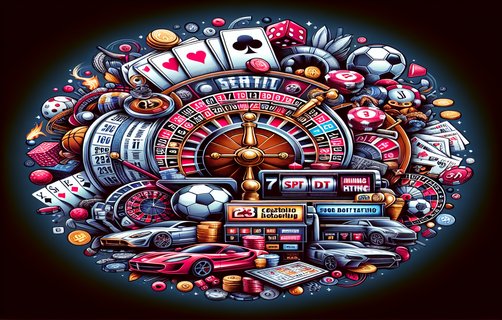Gaming Dynamics: Insights on Carrom Board Stands and Poker Strategies
The gaming industry is an intricate tapestry woven with various elements, not least among them the market for game equipment such as carrom board stands, and the strategic gameplay of card games like poker. Understanding these components can provide a robust analysis relevant to both retail and gameplay elements, enhancing user experience across platforms.
Carrom Board Stand Pricing Analysis
The price of carrom board stands typically ranges from $20 to $150. Various factors influence this pricing—material quality, brand reputation, and additional features like adjustable height or built-in storage. A baseline of $50 can be observed across most mid-range models, while premium options offer longevity and additional design aesthetics for around $100 to $150. Retailers adopting an instant play model, which allows customers to test game equipment like carrom stands, can enhance buyer confidence, potentially driving sales upward.
Bluffing Techniques in Poker
Transitioning to poker, an essential gameplay component is the art of bluffing. Players often employ strategic misleading to project confidence when their hand is weak. Statistical analyses show that successful bluffing occurs around 50% of the time at a calculative frequency. Recognizing when to bluff versus when to play straightforwardly hinges on both opponent psychology and table dynamics. Skilled players often adapt their strategies based on perceived ranges of their opponents, leading to heightened interaction and enjoyment.
Instant Play and User Experience

User experience remains paramount in both carrom and poker. Immediate access to play—such as in online platforms or in-app environments—can significantly enhance engagement rates. Offering tutorials and practice modes can cater to beginners as well, enabling a smoother transition into competitive play. The effectiveness of instant play mechanisms highlights the importance of retention strategies; repeat players are often those who find the game mechanics accessible and enjoyable right from the start.
Understanding Retention Strategies
Retention strategies pivot on regular engagement, through promotions, reminders, in-game achievements, and community building elements. Advanced user experience design could incorporate feedback loops that allow players to voice their gaming experience, thereby creating a sense of ownership and connection with the game. Maintaining a vibrant community can effectively diminish churn rates and foster a loyal user base, particularly important during casino closures or economic downturns.
Playing Against Loose Players
In contrast, understanding the playing style of 'loose players'—those who are keen on playing a wide range of hands—requires an adjustment in strategic approach. The poker range thereby becomes crucial. Analysts suggest that playing tighter against loose players can yield better long-term outcomes. Appreciating the dynamics of range versus position, observational analyses indicate that success rates increase when players effectively discern the tendencies of their opponents.
Closing Thoughts: Gaming Interconnectedness

In summary, whether it be the physicality of carrom board stands or the mental intricacies of poker strategy, understanding the correlation between user experience aspects, retention tactics, and gameplay strategies can revolutionize how we engage with both traditional and modern gaming arenas. As technology and community evolve, so too will our methods for engagement, retaining players, and enhancing the enjoyment derived from these age-old pastimes.
